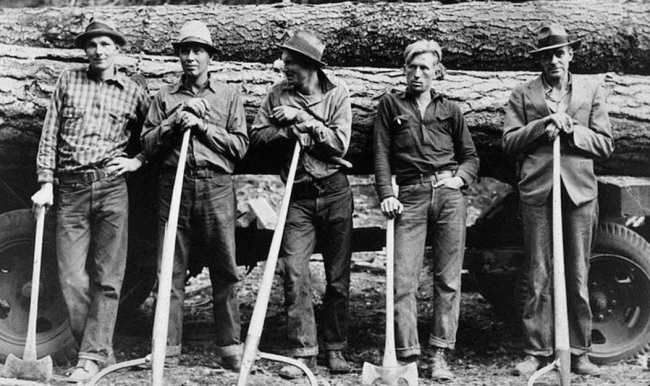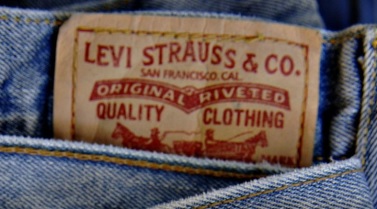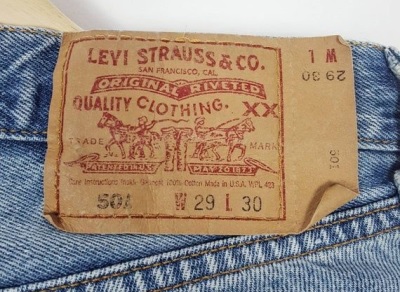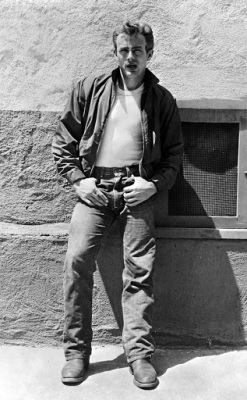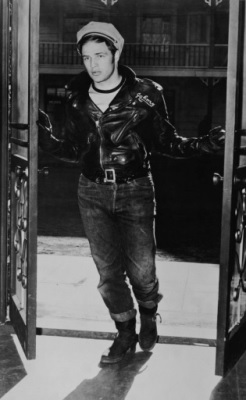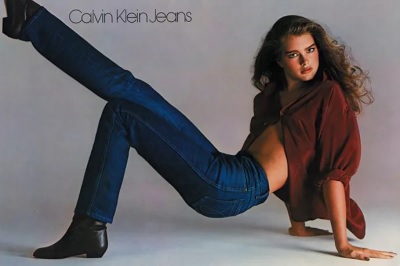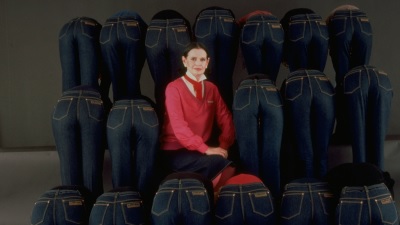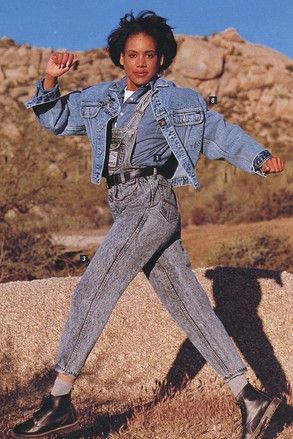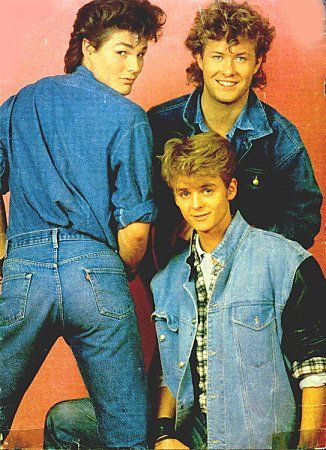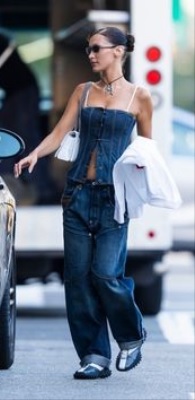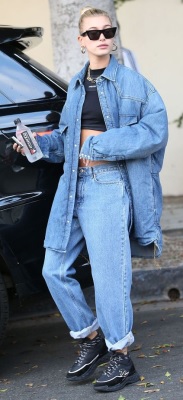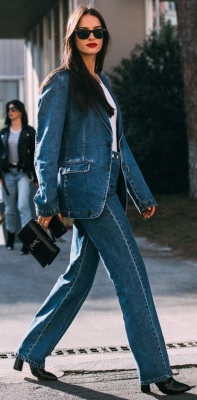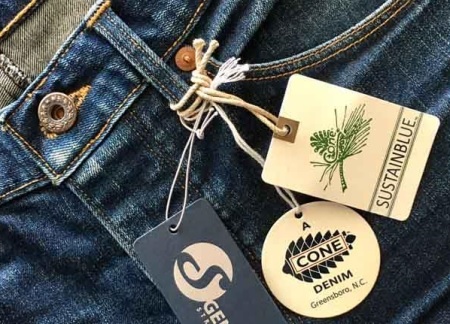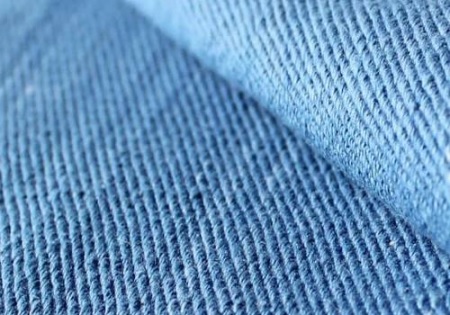Denim has come a long way from its origins as workwear for miners and cowboys. In this blog post, we take you on a journey through the history and evolution of denim fashion. Explore how denim went from a symbol of rebellion in the ’50s to a staple in every fashionista’s wardrobe today. We’ll also discuss the latest denim trends, so you can stay on the cutting edge of fashion.
Denim. It’s a fabric that has transcended time, style, and cultural boundaries to become a symbol of rebellion, individuality, and classic American fashion. From its humble origins as sturdy workwear for miners to its current status as a global fashion staple, denim has had a remarkable journey through history. In this blog post, we’ll take you on a captivating ride through the evolution of denim fashion, from its birth to its enduring popularity today.
- Birth of Denim: A Durable Beginnings (Late 19th Century)
Denim’s story begins in the late 19th century when it was first used as work pants for miners and laborers. The fabric was originally called “serge de Nîmes,” named after the French town where it was produced. Over time, this phrase was shortened to “denim.” Its remarkable durability and resistance to wear made it an instant hit among the working class.
- The Blue Jean Pioneer (Levi Strauss & Jacob Davis, 1873)
The true turning point in denim history came in 1873 when Levi Strauss, a German immigrant, partnered with tailor Jacob Davis to create what we now know as blue jeans. They introduced rivets at key stress points, reinforcing the strength and longevity of the work pants. This innovation led to the birth of the iconic Levi’s 501, a style that remains popular to this day.
- The Rebel Spirit (1950s and 1960s)
During the 1950s and 1960s, denim became synonymous with rebellion and youthful defiance. Iconic figures like James Dean and Marlon Brando brought denim to the forefront of American pop culture. The youth, inspired by these legends, adopted denim as a symbol of anti-establishment and freedom.
- The Designer Revolution (1970s)
In the 1970s, denim fashion saw a new era as designers began to experiment with the fabric. High-end fashion houses like Calvin Klein and Gloria Vanderbilt started producing designer denim, turning jeans into a fashion statement rather than just workwear. Bell-bottoms, flares, and embellishments became the rage.
- Denim Diversity (1980s and 1990s)
The ’80s and ’90s saw denim diversify with the advent of acid-washed and stonewashed jeans, as well as the rise of brands like Guess, which emphasized the sex appeal of denim. Meanwhile, grunge fashion made distressed and baggy denim a key element of the ’90s fashion landscape.
- The 21st Century: Denim Reimagined
In the 21st century, the boundaries of denim fashion have expanded like never before. Skinny jeans, boyfriend jeans, denim jackets, and denim skirts have all become wardrobe staples. Celebrities, influencers, and designers have embraced and reinvented the fabric in numerous ways. Distressed denim, patchwork, and unique dye techniques have all taken center stage.
- Sustainability and the Future of Denim
As fashion becomes more conscious of sustainability, the denim industry is changing too. Many brands are now using eco-friendly materials and processes to reduce the environmental impact of denim production. Recycled denim and organic cotton are becoming more common choices, reflecting a growing awareness of the need for responsible fashion.
In conclusion, the history and evolution of denim fashion is a testament to its enduring appeal and adaptability. From the mines of California to the runways of Paris, denim has seamlessly transitioned from practical workwear to a symbol of style, rebellion, and cultural significance. Its future is exciting, with a focus on sustainability and innovative design, ensuring that denim will remain a cornerstone of fashion for years to come. Denim isn’t just a fabric; it’s an ever-evolving story woven into the tapestry of fashion history.


